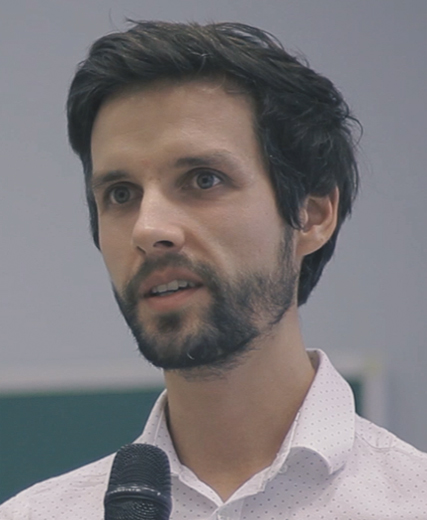Parts Work in IFS Therapy
Internal Family Systems (IFS) is breaking with the entrenched mono-mind stereotype. IFS is proposing a theory of personality with multiple subpersonalities. So commonly they are called Parts, as a natural component of every individual system. And a significant part of the IFS therapy is parts work.
Parts in IFS therapy
Parts manifest as feelings, thoughts, patterns of behavior. And much more.
We might be tempted to identify Parts by the name of the most common emotion experienced when Parts manifest, like fear, anger, or sadness.
However, it is important to remember that parts are multidimensional. They are complete personalities. It is an important distinction because the same emotion can be held by two opposed parts. And if we only identify them by this emotion, we could easily confuse whose emotion it is.
Parts work – how it works?
This is one of the reasons why parts work starts by inviting you to locate parts in or around the body and explore your memory for images, sensations, beliefs, thoughts, words associated with a specific Part.
Parts work includes identifying both circumstances in which particular Parts manifest, their preferred strategies, how they adopted those strategies, and very importantly their intentions. Parts always have good intentions but sometimes adopt destructive strategies.
IFS resting on the foundations of Family Therapy is a systemic approach. The Internal Family Systems Therapist or Practitioner will help you understand how parts work, how they interact with each other, in what sequence, and grasp the causality between specific steps of the process which may happen very fast.
This identification is helpful in disentangling and naming the main heroes of an individual system and finding target Parts to focus on during consecutive sessions.
Parts work – unblending
One of the first steps of IFS is unblending. It is inviting the client to see the emotion, sensation, belief as not what one is but as a manifestation, an experience resulting from the motion of a specific Part.
Unblending is inviting the Client to view the experience from the perspective of the Self. So the Client can become a witness to the needs of the Part rather than be the object of Parts manifestation. The goal is to build rapport and infuse trust in the system. And help the client relate to Parts with Self energy and choice.
If parts actively fight each other, parallel work with two Parts or groups of Parts might be necessary. In this way, it will be possible to obtain a decrease of tension and start a dialogue, so parts could acknowledge each-others presence and intentions. And then they can move towards cooperation under the leadership of Self. Read more about Self-Energy & Negotiating For Self-Leadership In IFS.
Do you want to learn more about IFS therapy?
Get access to our free 3-day IFS Online Intro Course.

